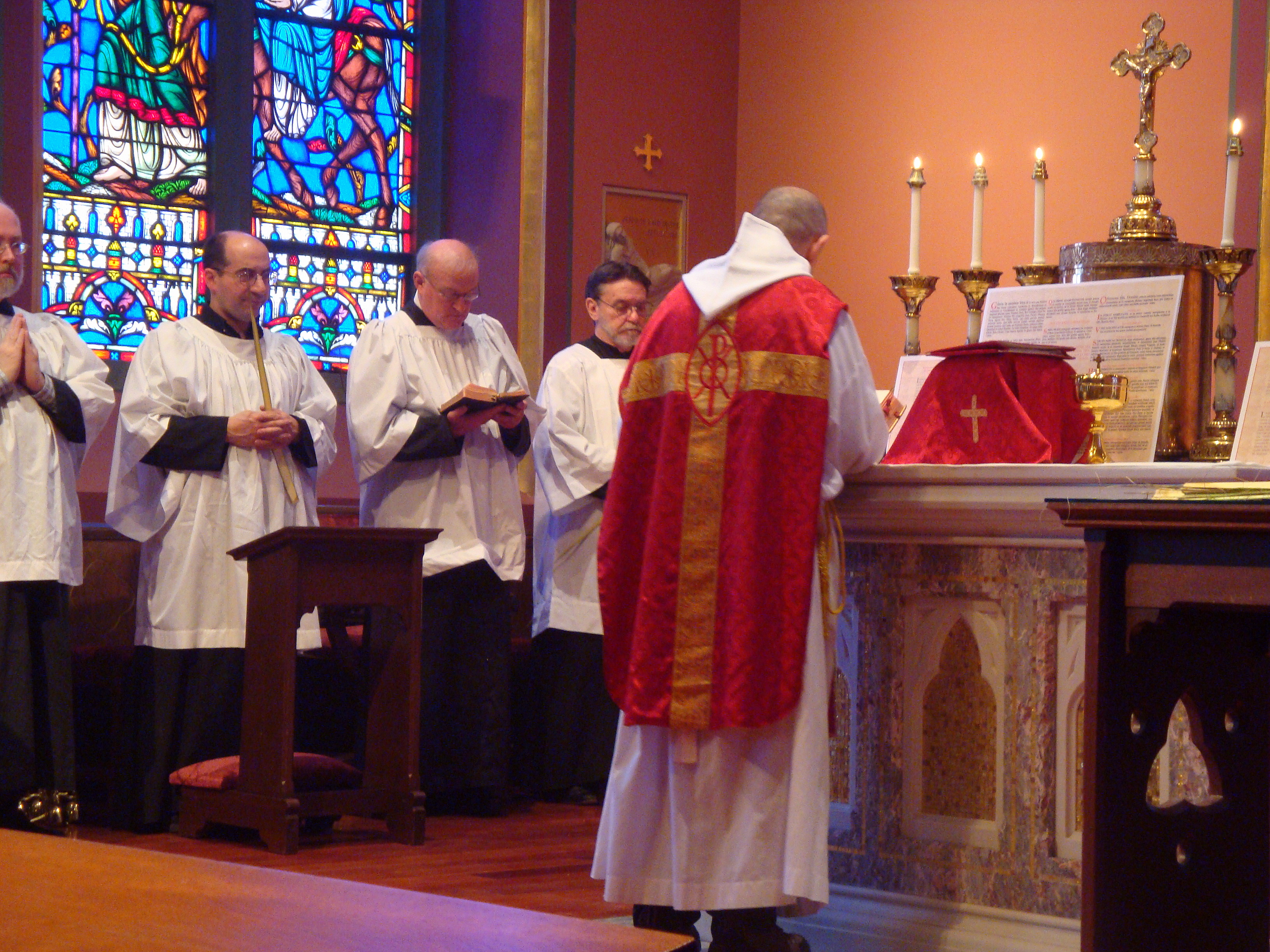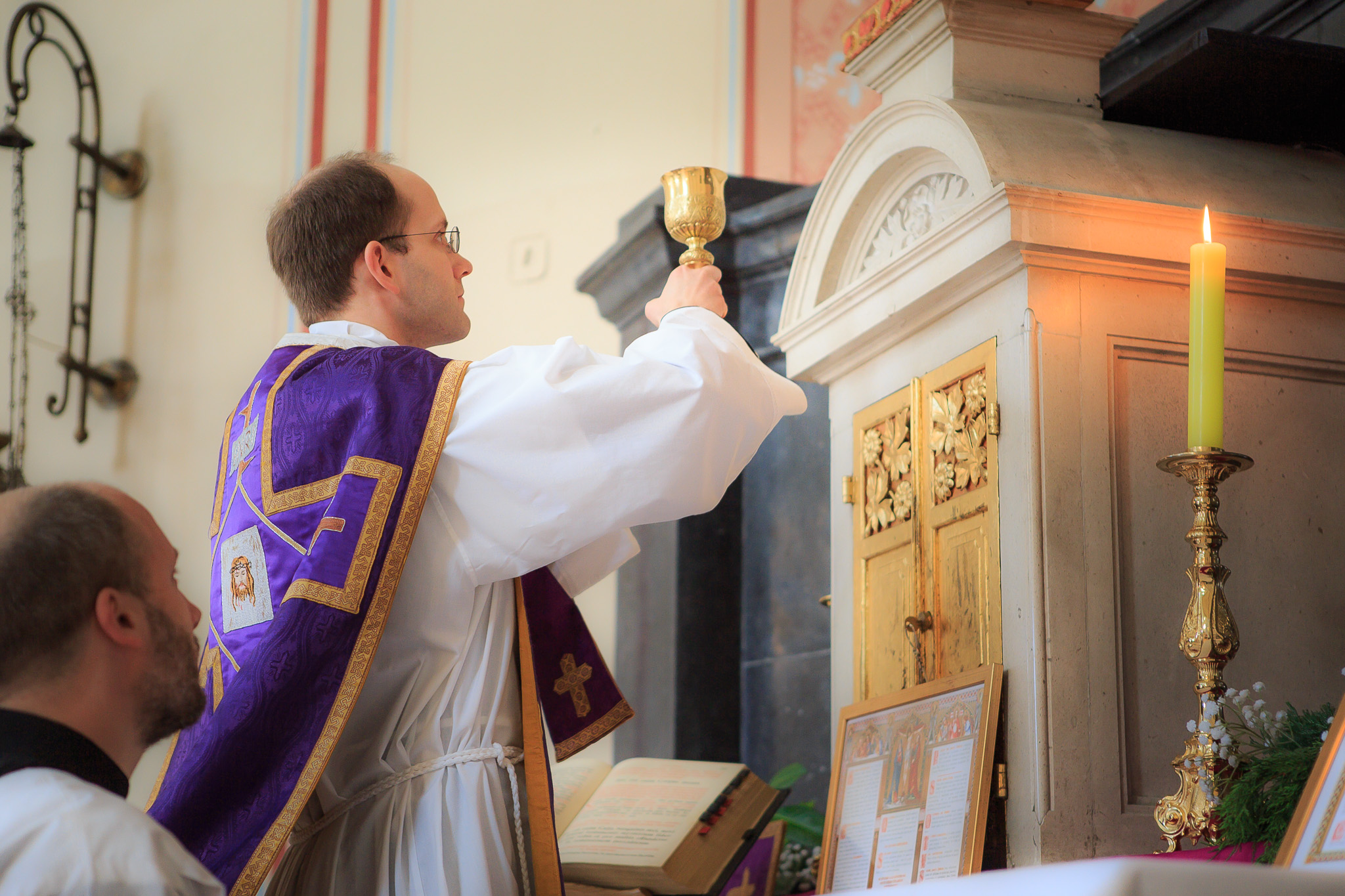|
Latin Mass (other)
{{Disambiguation ...
Latin Mass may refer to: * Liturgical use of Latin ** Mass of Paul VI in Latin * Tridentine Mass ** As part of the use of preconciliar rites after the Second Vatican Council * Some liturgies of the Pre-Tridentine Mass * ''Latin Mass Magazine'' See also * Latin Mass Society (other) * Latin Church * Latin liturgical rites Latin liturgical rites, or Western liturgical rites, is a large family of ritual family, liturgical rites and Use (liturgy), uses of public worship employed by the Latin Church, the largest particular church ''sui iuris'' of the Catholic Church ... [...More Info...] [...Related Items...] OR: [Wikipedia] [Google] [Baidu] |
Liturgical Use Of Latin
Liturgical use of Latin is the practice of performing Christian liturgy in Ecclesiastical Latin, typically in the liturgical rites of the Latin Church. History 2nd16th centuries The use of liturgical Latin in Western Christianity began in North Africa around the late second century under Pope Victor I, who introduced Latin alongside the existing liturgical use of Koine Greek. In the following centuries, Latin increasingly supplanted Greek in Roman liturgies because Latin was a vernacular language understood by the congregation. In the seventh century, there was a short-lived return to Greek liturgy, likely due to immigrants from the East, but Latin was soon reestablished as the Roman liturgical language. Over time, as vernacular languages drifted further from Latin, the use of Latin came to be understood in terms of its role as a sacred language. 16th20th centuries Although Catholic scholars had discussed a shift to vernacular languages beforehand, the 16th-century Protestan ... [...More Info...] [...Related Items...] OR: [Wikipedia] [Google] [Baidu] |
Mass Of Paul VI
The Mass of Paul VI, also known as the Ordinary Form or , is the most commonly used Catholic liturgy, liturgy in the Catholic Church. It was Promulgation (Catholic canon law), promulgated by Pope Paul VI in 1969 and its liturgical books were published in 1970; those books were then revised in 1975, they were revised again by Pope John Paul II in 2000, and a third revision was published in 2002. It largely displaced the Tridentine Mass, the Tridentine Mass#1962 Missal, latest edition of which had been published in 1962 under the title ('The Roman Missal restored by decree of the Most Holy Council of Trent'). The editions of the Mass of Paul VI Roman Missal (1970, 1975, 2002) have as title ('The Roman Missal renewed by decree of the Most Holy Second Ecumenical Council of the Vatican'), followed in the case of the 2002 edition by ('Promulgation (Catholic canon law), promulgated by the authority of Pope Paul VI and revised at the direction of Pope John Paul II'). It is the most- ... [...More Info...] [...Related Items...] OR: [Wikipedia] [Google] [Baidu] |
Tridentine Mass
The Tridentine Mass, also known as the Extraordinary Form of the Roman Rite or ''usus antiquior'' (), Vetus Ordo or the Traditional Latin Mass (TLM) or the Traditional Rite, is the liturgy in the Roman Missal of the Catholic Church codified in 1570 and published thereafter with amendments up to 1962. Celebrated almost exclusively in Ecclesiastical Latin, it was the most widely used Eucharistic liturgy in the world from its issuance in 1570 until its replacement by the Mass of Paul VI promulgated in 1969 (with the revised Roman Missal appearing in 1970.) "Tridentine" is derived from the Latin ''Tridentinus'', "related to the city of Trent", where the Council of Trent was held at the height of the Counter-Reformation. In response to a decision of that council, Pope Pius V promulgated the 1570 Roman Missal, making it mandatory throughout the Latin Church, except in places and religious orders with rites or uses from before 1370. Permissions for celebrating the Tridentine Mass ... [...More Info...] [...Related Items...] OR: [Wikipedia] [Google] [Baidu] |
Preconciliar Rites After The Second Vatican Council
In the Catholic Church, preconciliar Latin liturgical rites ("preconciliar": before the Second Vatican Council, which began in 1962) coexist with postconciliar rites. In the years following the Second Vatican Council, Pope Paul VI initiated significant changes. Some of Paul VI's contemporaries, who considered the changes to be too drastic, obtained from him limited permission for the continued use of the previous Roman Missal. In the years since, the Holy See has granted varying degrees of permission to celebrate the Roman Rite and other Latin rites in the same manner as before the council. The use of preconciliar rites is associated with traditionalist Catholicism. In the decades immediately after the Second Vatican Council, each of the various grants of permission to use the preconciliar Roman Rite Mass was in the form of an indult (i.e. a concession). The term universal indult was used to describe a hypothetical broadening of these concessionary permissions, but in his 2007 a ... [...More Info...] [...Related Items...] OR: [Wikipedia] [Google] [Baidu] |
Pre-Tridentine Mass
Pre-Tridentine Mass refers to the evolving and regional forms of the Catholic Mass in the West from antiquity to 1570. The basic structure solidified early and has been preserved, as well as important prayers such as the Roman Canon. Following the Council of Trent's desire for standardization, Pope Pius V, with his bull '' Quo primum'', made the Roman Missal obligatory throughout the Latin Church, except for those places and congregations whose distinct rites could demonstrate an antiquity of two hundred years or more. Development Earliest accounts The earliest surviving account of the celebration of the Eucharist or the Mass in Rome is that of Saint Justin Martyr (died c. 165), in chapter 67 of his '' First Apology'': In chapter 65, Justin Martyr says that the kiss of peace was given before the bread and the wine mixed with water were brought to "the president of the brethren". The initial liturgical language used was Greek, before approximately the year 190 under Pope ... [...More Info...] [...Related Items...] OR: [Wikipedia] [Google] [Baidu] |
Latin Mass Magazine
''The Latin Mass: A Journal of Catholic Culture'', commonly referred to as ''Latin Mass Magazine'', is an American Catholic magazine published quarterly, with a traditionalist Catholic viewpoint. It is based in Ramsey, New Jersey. History and profile ''Latin Mass Magazine'' was established in 1992. Published by the Catholic organization Keep the Faith, the magazine is a strong supporter of the traditional Tridentine Mass. It has often expressed skepticism about the liturgical and other reforms introduced by the Second Vatican Council and Popes John XXIII and Paul VI. The magazine advocates for traditional gender roles and complementarism. The magazine admires Pope Benedict XVI because of his emphasis on traditional Catholic dogma and apparent desire to widen the use of the Tridentine Mass in the church. The magazine claims to be "one of the fastest growing Catholic periodicals in the country." In a 2006 interview with '' The Wanderer'', a Catholic weekly newspaper, former publ ... [...More Info...] [...Related Items...] OR: [Wikipedia] [Google] [Baidu] |
Latin Mass Society (other)
{{Disambiguation ...
Latin Mass Society is a name used by various associations that promote the Tridentine Mass among Catholics, including: * Latin Mass Society of England and Wales * Latin Mass Society of Ireland See also * Latin Mass (other) * Traditionalist Catholicism Traditionalist Catholicism is a movement that emphasizes beliefs, practices, customs, traditions, liturgical forms, devotions and presentations of teaching associated with the Catholic Church before the Second Vatican Council (1962–1965). Tr ... [...More Info...] [...Related Items...] OR: [Wikipedia] [Google] [Baidu] |
Latin Church
The Latin Church () is the largest autonomous () particular church within the Catholic Church, whose members constitute the vast majority of the 1.3 billion Catholics. The Latin Church is one of 24 Catholic particular churches and liturgical rites#Churches, ''sui iuris'' churches in full communion with the pope; the other 23 are collectively referred to as the Eastern Catholic Churches, and they have approximately 18 million members combined. The Latin Church is directly headed by the pope in his role as the bishop of Rome, whose ''cathedra'' as a bishop is located in the Archbasilica of Saint John Lateran in Rome, Italy. The Latin Church both developed within and strongly influenced Western culture; as such, it is sometimes called the Western Church (), which is reflected in one of the pope's traditional titles in some eras and contexts, the Patriarch of the West. It is also known as the Roman Church (), the Latin Catholic Church, and in some contexts as the Roman Catholic (t ... [...More Info...] [...Related Items...] OR: [Wikipedia] [Google] [Baidu] |



